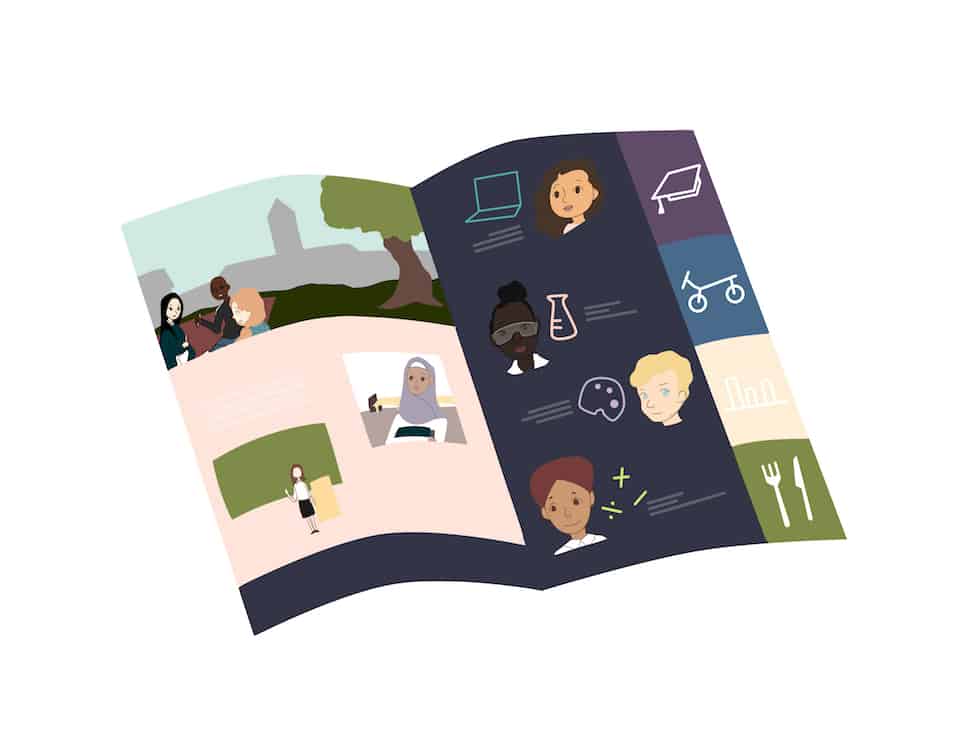A new report from the Higher Education Quality Council of Ontario (HEQCO) examined data to see how Ontario’s 20 universities are defining and identifying under-represented groups. The data was taken from university websites, viewbooks,
Strategic Mandate Agreements (SMAs), and the Ontario Universities’ Application Centre instruction booklet. The report also analyses the programs that the universities currently have in place to improve access, as well as how the institutions evaluate their efforts.
There is variation in the under-represented groups referenced in outreach materials. For example, according to the HEQCO,
“all 20 universities mentioned first-generation students in their SMAs, but only three did so in their viewbooks,” with the exception of Aboriginal students, who were featured prominently in viewbooks.
Ruth A. Childs, one of the authors of the study and an associate professor at the Ontario Institute for Studies in Education (OISE), revealed that the University of Toronto does not explicitly mention anything about first-generation students, or students with disabilities, and the services available to them in its 2014 and 2015 viewbooks.
Althea Blackburn-Evans, director of news & media relations at U of T, said that the content of the viewbooks looks to cover information on admissions and general information about the university. “We know that prospective students are most interested in program and admission info, so that is what’s highlighted – and that content is common to all students regardless of background.”
The report also indicated that, while each university in Ontario has outreach and recruitment, access through admissions, and retention initiatives in place to improve access to post-secondary education for under-represented groups, they face challenges in evaluating the effectiveness and reach of these initiatives, particularly in Aboriginal communities.
Although U of T has a dedicated recruitment officer for Aboriginal students, Jonathan Hamilton-Diablo, director of First Nations House, said that it is difficult to measure the success of outreach and recruitment methods in First Nations communities because recruitment officers often work with younger students.
“We go to elementary schools and the reason for that is that when we go to high schools in First Nation communities, the issue that is unfortunately a reality is that there are a lot of students who have dropped out of high school already, so if we’re only talking to grade 11s, we’re not talking to the whole potential,” said Hamilton-Diablo.
Ontario universities also have trouble ensuring they are actually reaching under-represented students, since many students may not identify with a particular group.
“There are lots of reasons why students choose not to self-identify with a particular group or situation. Fortunately, at U of T, we have a number of contact points so students can choose which services will best meet their needs,” said Blackburn-Evans.
“My hope for U of T (and for all of the universities) is that they will support the full range of access initiatives — outreach to younger students in middle and secondary school, recruitment of students as they finish secondary school and later, flexibility in the admissions process, and supports once students arrive on campus – and that they would ensure they are reaching students who are not already on a path to post-secondary education,” said Childs.


